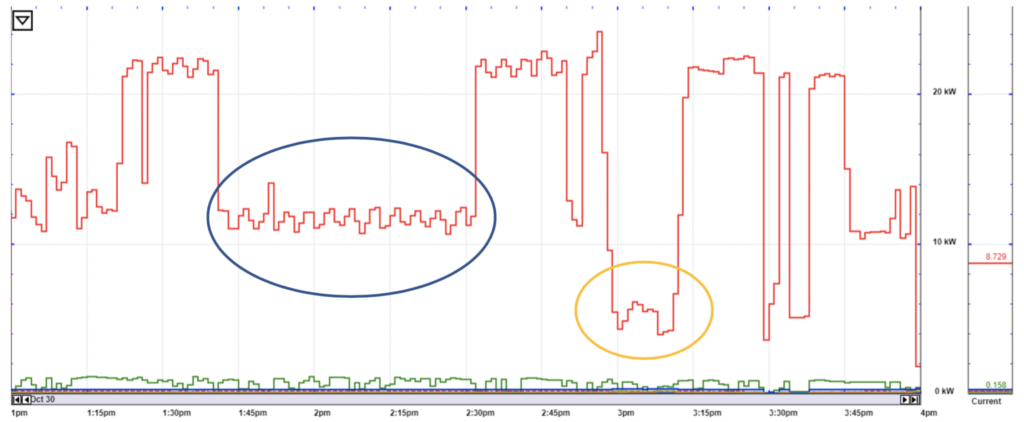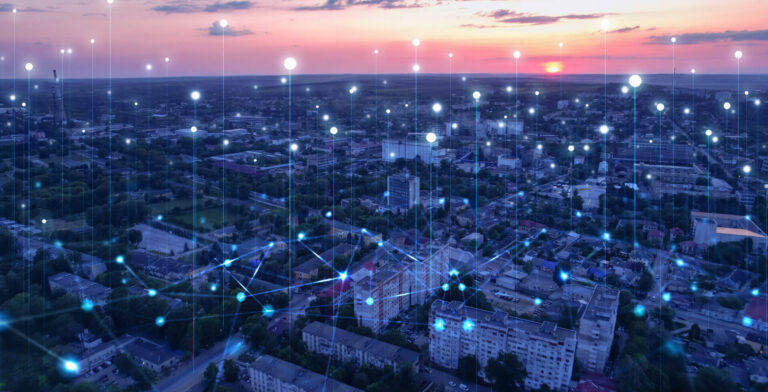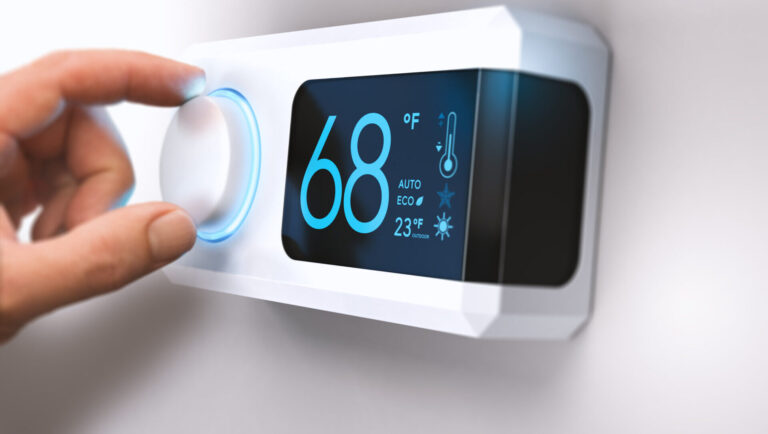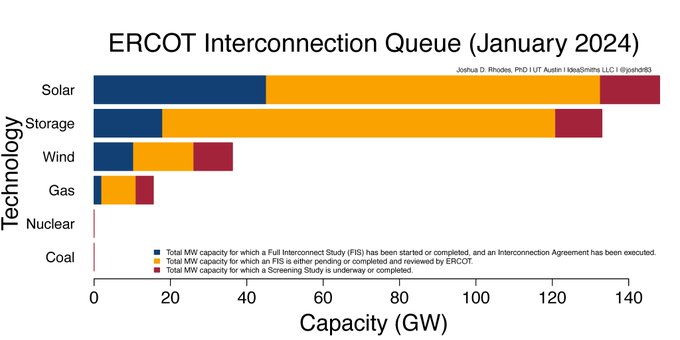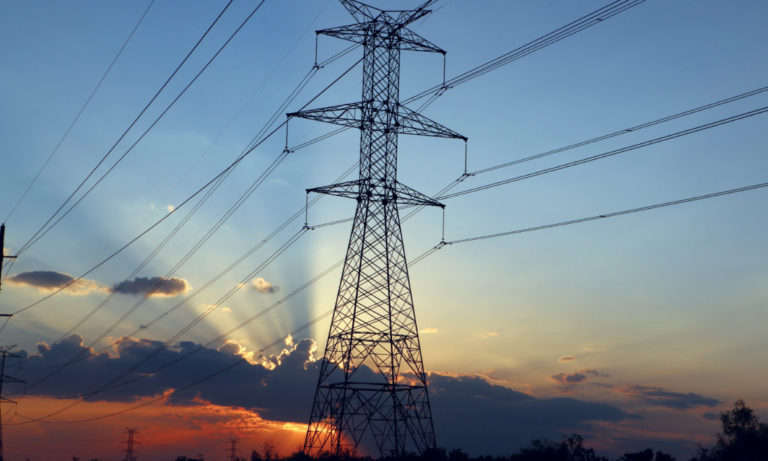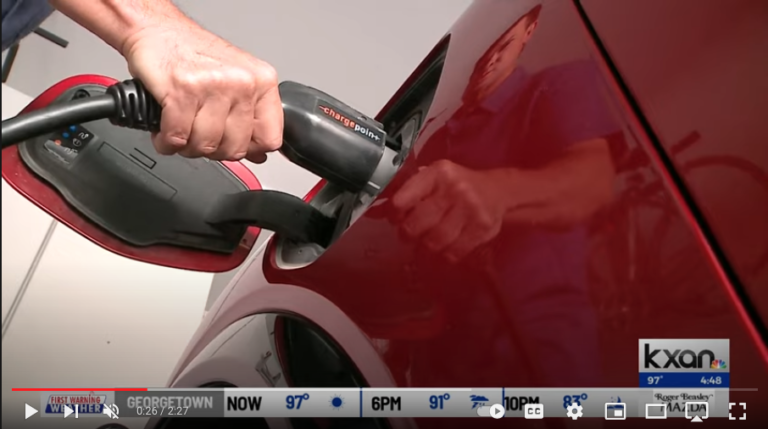November 28, 2018
 By Andrea Tosi, power systems specialist, Pecan Street
By Andrea Tosi, power systems specialist, Pecan Street
Imagine a world where you drive your electric vehicle to work and plug it into your building’s garage to help power your office’s lights and computers. After lunch, your car recharges from the garage’s solar panels and, after you drive home, it can power your home’s air conditioner during peak energy hours. Later that night, when the wind blows through western wind farms, it recharges again to get ready for another day as a rolling clean energy power plant. We’re getting there, and Pecan Street is happy to be part of the effort.
We hit an important energy milestone recently with the installation of an electric vehicle (EV) charger that can charge from and discharge to the grid – a bidirectional flow of energy known as Vehicle-to-Grid, or V2G. For the first time in Austin, and possibly in Texas, energy was transferred from an electric vehicle’s battery pack to the electric grid’s distribution feeder.
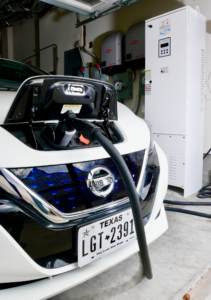
V2G is a promising technology that can act as a distributed energy resource (DER) to increase the amount of renewable energy (solar and wind) on the grid by acting as mobile batteries – or energy sources. Because utilities can’t make the sun shine at night or control when the wind blows, storage technologies like V2G provide them a controllable resource that eliminates many of the concerns surrounding the intermittency of renewable resources and help end curtailment, where excess renewable energy is wasted because there’s not enough real-time demand to use it all.
Stationary batteries for residential and commercial buildings are available today, but they’re expensive. As the popularity of EVs increases and their costs drop, their use as energy resources will become an exciting new asset for utilities – if they can integrate them efficiently. At Pecan Street’s lab, we are testing this technology as part of Austin SHINES– a study we are conducting with Austin Energy.
While testing the technology in the last few weeks, we have successfully sent energy back to the grid. In the figure below, the lab’s normal consumption is just over 10kW (blue circle).
When the car is charging to full capacity, this consumption doubles. When the car is discharging, however, the vehicle’s battery is capable of reducing the normal load by half – the yellow circle, where the load is lower than 5kW.
By itself, this installation would not be able to support the grid. But as part of a system that aggregates several V2G installations in a neighborhood, plus other stationary storage systems, all under a controllable platform, the grid can easily incorporate more solar and wind generating facilities since there will be a place for this energy to be stored when it is not used.
V2G technology has a huge potential once regulators, utilities, vehicle and battery manufacturers, and consumers get on board. Then, vehicles can be used for both transportation and energy generation, making both industries cleaner. After all, vehicles remain stationary over 80% of the time, and during these times they can present a solution to the limitations of renewable energy such as peak load shaving, Voltage/Var control, and frequency regulation.






